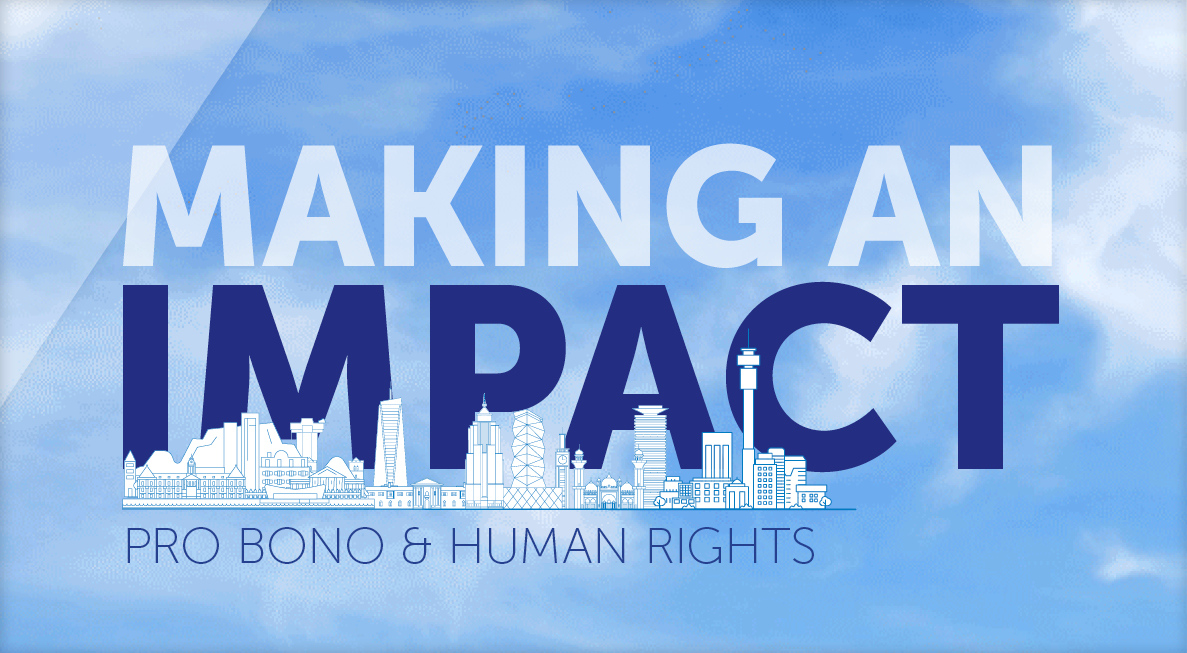Updated 25 March 2020: The Coronavirus and the workplace: #coughcoughsneeze?
Managing the risks associated with contracting the virus has not only affected the way employees engage with each other, but has also affected the ways in which employees engage with their clients, especially in a corporate setting. The Occupational Health and Safety Act 85 of 1993 places several obligations on both employers and employees to ensure a safe and healthy working environment.
What we know so far:
- as of Tuesday 10 March 2020, 3,642 people have been tested for the virus in South Africa;
- the total number of coronavirus cases in South Africa is now at 13;
- all 13 cases in the country have been diagnosed in patients who have travelled out of South Africa and have returned to the country with the virus;
- thus far, there have been no reported internal transmissions;
- the number of people the 13 patients have come into contact with has been a mere estimation; and
- the regions in which the patients have been diagnosed are Gauteng, Kwa-Zulu Natal and the Western Cape.
Despite the absence of reported internal transmissions, precautionary measures still need to be put in place especially in the workplace where employees are susceptible to contracting to virus due to close contact with other employees and clients.
Preparing the workplace for COVID-19
Firstly, follow the advice from authorities in your community.
1. How Covid-19 spreads – COVID-19 spreads in a similar way to the flu. One can catch COVID-19 by the following:
- 1.1. Touching contaminated surfaces or objects, and then touch your eyes, nose or mouth;
- 1.2. By standing within one meter of an infected person – you stand a chance of breathing in droplets coughed out or exhaled by them.
2. Ways of preventing the spread of Covid-19 in the office environment:
- 2.1. Wipe down surfaces (desks; counters) and objects (telephones; keyboards; stationary) regularly with disinfectant regularly;
- 2.2. Encourage regular and thorough hand-washing by all employees, clients and contractors:
- 2.2.1. Put sanitising hand rub dispensers in prominent places in the office. Examples of such places include elevator buttons, bathrooms, frequently used doors, printing rooms, and kitchens;
- 2.2.2. Display posters promoting hand-washing in all bathrooms and frequently used pathways;2.2.3. Use routine meetings and communications to reinforce the importance of regular hand-washing;
- 2.3. Promote good ‘respiratory hygiene’ in the workplace:
- 2.3.1. Encourage employees and clients to sneeze into their bent elbows;
- 2.3.2. Make tissues readily available. Encourage employees to cough/sneeze into these. Make sure that this is accompanied by closed bins for safe disposal.
- 2.4. Brief your employees on the symptoms of COVIC-19 and what they should look out for. Advise that they seek medical attention should they develop symptoms.
- 2.5. Considerations when organising meetings and events
- 2.5.1. Before the meeting:
- 2.5.1.1. Consider whether a face-to-face meeting is necessary, or whether it can be replaced by a teleconference or internet-based meeting;
- 2.5.1.2. Could the meeting be scaled down? Is everyone invited absolutely essential?
- 2.5.1.3. Pre-order supplies such as tissues and hand-sanitizer for all participants.
- 2.5.1.4. It is advisable to ensure that all parties (participants, caterers etc) provide contact details. Communicate clearly that their details will be shared with local authorities should any parties show symptom and the need thereof arise.
- 2.5.1.5. Ensure that all parties to the meeting are aware of the ‘no handshake’ policy. It may be useful to inform parties of this policy prior to the meeting.
- 2.5.2. During the meeting:
- 2.5.2.1. Try and seat each participant at least 1 metre away from one another;
- 2.5.2.2. Provide tissues and a closed-bin should any participants need to cough or sneeze;
2.5.2.3. If possible, open windows and doors.
- 2.5.3. After the meeting:
- 2.5.3.1. Should the need arise, keep the names and contact details of all participants for at least one month. This is in the event that public health officials need to contact participants if one participant develops symptoms.
- 2.5.1. Before the meeting:
DISCLAIMER:
The Employment Survival Guide is an informative guide covering a number of topics, which is being published purely for information purposes and is not intended to provide our readers with legal advice. Our specialist legal guidance should always be sought in relation to any situation. This version of the survival guide reflects our experts’ views as of 25 March 2020. It is important to note that this is a developing issue and that our team of specialists will endeavour to provide updated information as and when it becomes effective. Please contact our employment team should you require legal advice amidst the COVID-19 pandemic.
The information and material published on this website is provided for general purposes only and does not constitute legal advice. We make every effort to ensure that the content is updated regularly and to offer the most current and accurate information. Please consult one of our lawyers on any specific legal problem or matter. We accept no responsibility for any loss or damage, whether direct or consequential, which may arise from reliance on the information contained in these pages. Please refer to our full terms and conditions. Copyright © 2025 Cliffe Dekker Hofmeyr. All rights reserved. For permission to reproduce an article or publication, please contact us cliffedekkerhofmeyr@cdhlegal.com.
Subscribe
We support our clients’ strategic and operational needs by offering innovative, integrated and high quality thought leadership. To stay up to date on the latest legal developments that may potentially impact your business, subscribe to our alerts, seminar and webinar invitations.
Subscribe




